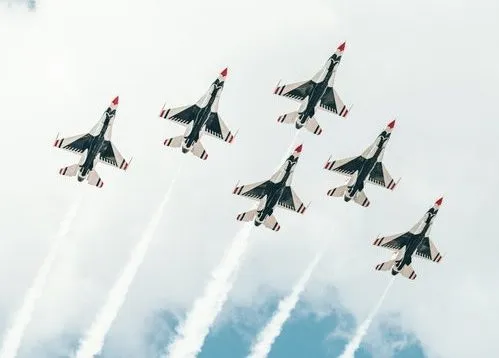Force and its effects | Grade 10 Physics
A force is a push, a pull or a twist exerted on a body. The SI unit for force is newton (N), which is the force required to accelerate a one-kilogramme mass at a rate of one metre per second.
Hooke’s Law states that: the amount of deformation of an elastic object is proportional to the forces applied to deform it. i.e.
Newton’s First Law of Motion states that: “if no net force acts on an object, it maintains its state of rest or its constant speed in a straight line”.
Inertia is a property that causes a body to resist changes in its state of motion and it depends directly with the mass of the object.
Newton’s Second Law of Motion states that: “the acceleration of a body resulting from an applied force is proportional to that force, and inversely proportional to the mass of the body” F=ma
Newton’s Third Law of Motion states that: “for every action force there exists a reaction force that is equal in magnitude but opposite in direction to that force”.
Friction is a force which acts parallel to surfaces that are in contact and a direction opposite to the motion of the object or to the net force tending to produce the motion.
The ratio of the frictional force to the normal contact force is called the coefficient of friction(μ); μ=F_f/F_N
An object travelling along a circular path at a constant speed has an acceleration directed towards the centre of the circular path called centripetal acceleration: a=v^2/r . This acceleration results from a force directed towards the centre of the circular path called centripetal force : F=〖mv〗^2/r
The centrifugal force is the apparent force that draws a rotating body away from the centre of rotation. It is caused by the inertia of the body as the body’s path is continually redirected and it is equal in magnitude but opposite in direction to the centripetal force.
When a car travels around a bend in the road, the maximum safe speed for the car is given by: v=√μgr
The angular velocity (ω) is the angle turned through per unit time. It is measured in radian per second. ω=v/r. One revolution =2π radians(rad).







